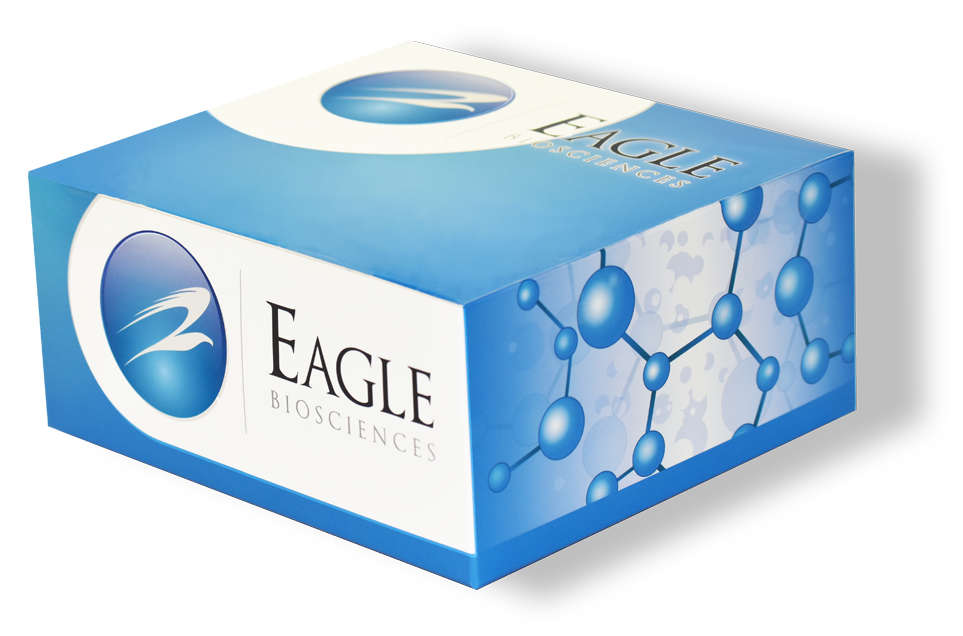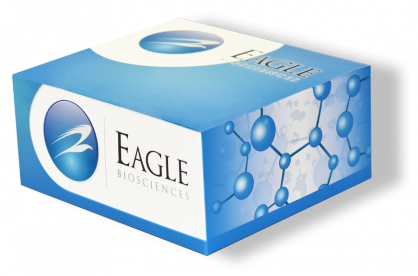Exosome Extraction and Purification Kit (Milk)
The Exosome Extraction and Purification Kit (Milk) is For Research Use Only
Size: 20 Tubes
Product Background
Exosomes are nano-sized vesicles ranging from 30 to 150 nanometers in diameter that are secreted by a variety of cells, including those in the immune, nervous, and epithelial systems. These vesicles are composed of a lipid bilayer membrane and carry a cargo of bioactive molecules such as RNA (including microRNA, mRNA, and long non-coding RNA) and proteins, which play crucial roles in cellular communication. They are abundant in many body fluids, including blood, saliva, urine, and milk, making them accessible for research and potential diagnostic applications. Exosomes function as intercellular messengers, facilitating communication between cells by transferring genetic material and proteins that can influence the behavior and function of recipient cells. This transfer can modulate processes such as immune response, tissue repair, and tumor progression.
Despite growing interest in exosomes, the precise mechanisms underlying their biogenesis, cargo selection, and the full spectrum of biological pathways they participate in are not fully understood. Their structures, including the variations in lipid compositions and surface markers, as well as the exact compositions of effector molecules, remain areas of active research. Additionally, the cellular pathways they affect—whether promoting inflammation, altering gene expression, or influencing cellular stress responses—are still being deciphered. These complexities highlight the need for further investigation to fully grasp the biological significance of exosomes in health and disease.
In the biological functional study of exosomes, it is necessary to separate their complete particles. However, the conventional ultracentrifugation method involves complicated steps, high hardware requirements, and complex operational procedures. The Exosome Extraction and Purification (Cell Supernatant) kit from Eagle Biosciences allows scientists to extract and purify their exosomes with better purity than traditional methods while still maintaining consistency and scalability.
Related Products
Exosome Extraction and Purification Kit (Cell Supernatant)
Exosome Extraction and Purification Kit (Urine)
Exosome Extraction and Purification Kit (Serum/Plasma)
Exosome Extraction and Purification Kit (Body Fluids)
Exosome Extraction and Purification Kit (Tissue)


